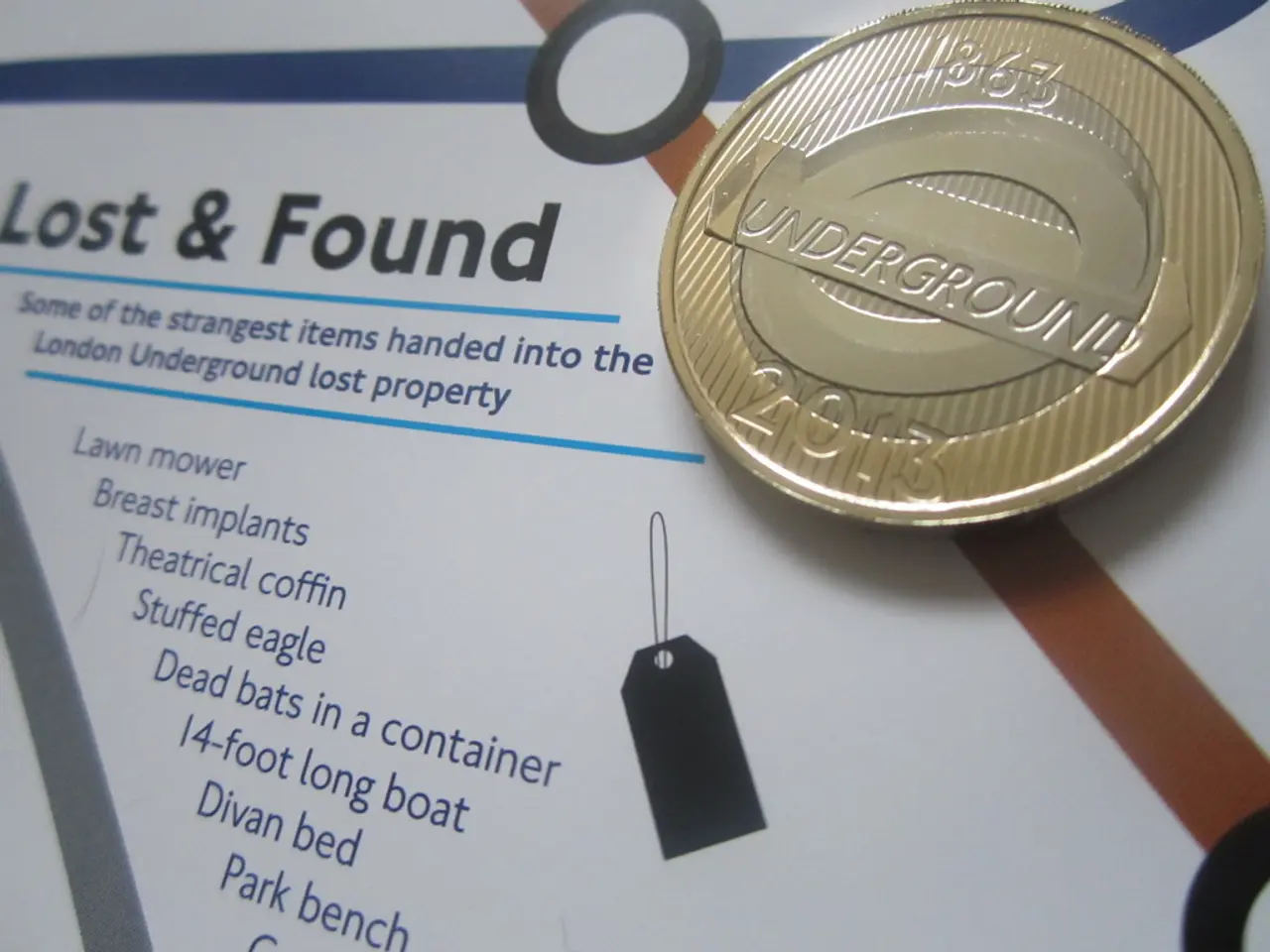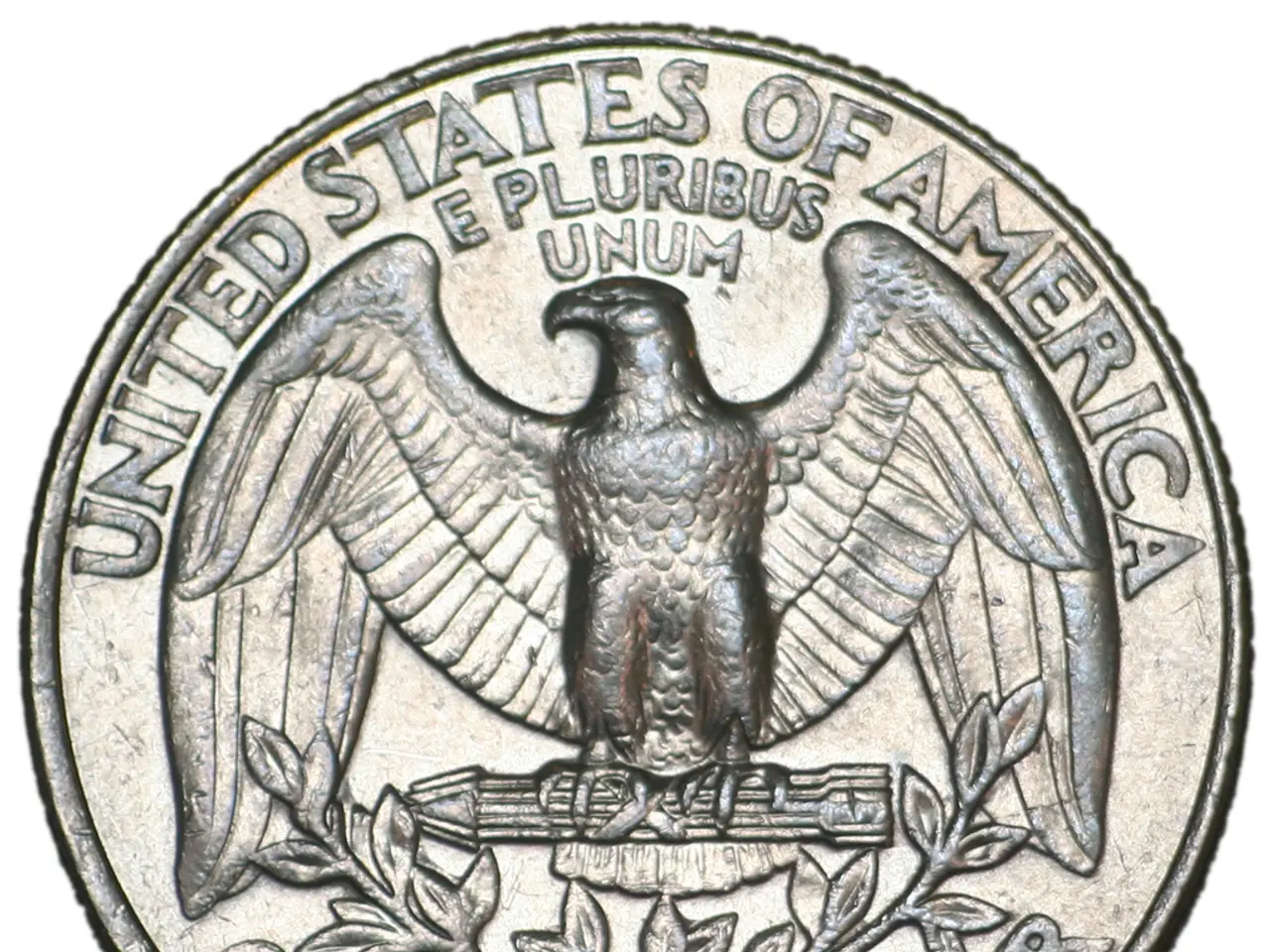Avoiding Dry Runs in Pool Pumps: Ensuring Safety and Efficiency
Preventing Dry-Running Damage in Pool Pumps and Ensuring Pool Water Safety
Pool pump maintenance is crucial to keep your pool clean, safe, and functional. However, modern pool pumps have vulnerabilities, such as low-water sensors that can occasionally fail to detect declining water levels. This can lead to a cascade effect of problems, including disrupted filtration, uneven chlorine distribution, and potential overgrowth of harmful bacteria and algae.
To prevent dry-running damage in pool pumps, it's essential to maintain the proper water level to ensure the pump does not run without water. Regularly cleaning debris from skimmers and strainers is also necessary to prevent blockages that reduce flow, avoiding dry running and maintaining water quality. Testing and maintaining low-water sensor functionality, verifying skimmer water levels after storms, and documenting pump pressure readings in a maintenance log are recommended practices.
Monitoring for unusual noises or vibrations can help detect early signs of damage, allowing you to take action before the pump fails. If you suspect dry running, immediately power down the pump using the emergency shut-off switch. Upon hearing unusual noises or detecting reduced flow, immediate action is crucial to prevent further damage and restore filtration quickly to protect water quality.
Dry running occurs when the pump operates without sufficient water, causing seals and impellers to overheat and deteriorate, leading to mechanical damage such as seal failure, impeller damage, vibration, and eventual pump failure. Running dry can also cause the pump to lose prime, resulting in inconsistent operation and potential system airlocks.
Regarding pool water safety, dry-running damage indirectly impacts water quality and safety by causing pump failures that reduce circulation and filtration efficiency. Poor circulation leads to stagnant water, increasing the risk of algae growth, bacterial contamination, and imbalanced water chemistry, all of which compromise swimmer health and safety. Ensuring the pump operates correctly prevents these issues by maintaining proper water turnover and filtration.
In summary:
| Preventive Measures for Dry Running | Impact on Pool Water Safety | |-----------------------------------------|------------------------------------| | Maintain proper water levels | Ensures continuous filtration and circulation to prevent water stagnation and contamination[1][2] | | Regularly clean skimmer baskets & strainers | Prevents blockages that reduce flow, avoiding dry running and maintaining water quality[1][2] | | Test and maintain low-water sensors | Early warning to avoid pump operation without water, protecting pump and water safety[2] | | Monitor for unusual noises/vibrations | Early detection of damage prevents pump failure and related water quality issues[2][4] | | Immediate shutdown and inspection if dry running suspected | Prevents further damage and restores filtration quickly to protect water quality[2] |
These practices collectively help protect the pump from damage and preserve pool water safety by ensuring efficient circulation and filtration. Additionally, keeping original purchase documentation for warranty coverage, performing routine maintenance, and contacting warranty service within 24 hours of incident detection are essential steps to protect your investment in the pool pump.
It's also important to note that non-functioning pool pumps can violate local health codes, potentially resulting in forced pool closure and fines. Improper pump positioning or inadequate pipe sealing significantly increases dry-running risks.
By following these preventive measures, you can ensure your pool remains clean, safe, and enjoyable for everyone.
[1] Pool and Spa Operators Manual, National Swimming Pool Foundation, 2018. [2] Pool Pump Maintenance, Swim University, 2021. [3] Pool Pump Safety, Pool Pumps USA, 2020. [4] Pool Water Chemistry, Swimming World Magazine, 2021. [5] Pool Pump Troubleshooting, Pool Pump Outlet, 2020.
- In maintaining pool water safety, it's crucial to employ technology, such as low-water sensors in pool pumps, to detect declining water levels and prevent dry-running damage.
- To preserve the longevity of your pool's gadgets, including the pool pump, and ensure pool water safety, regularly following recommended practices, like testing and maintaining low-water sensors and cleaning debris from skimmers and strainers, are essential.




